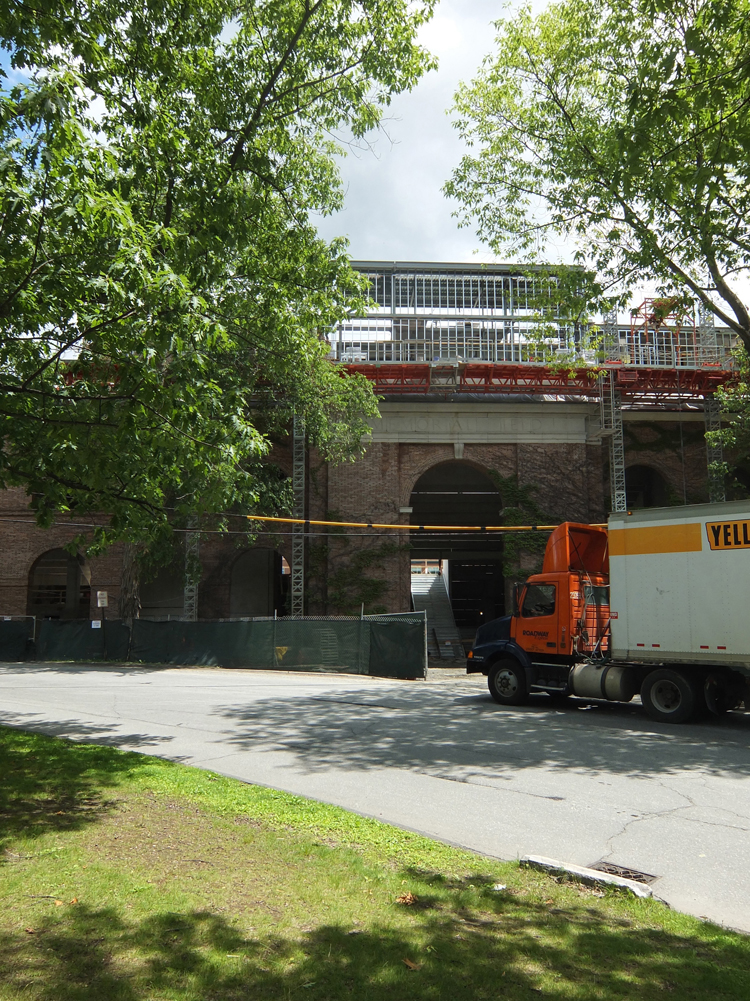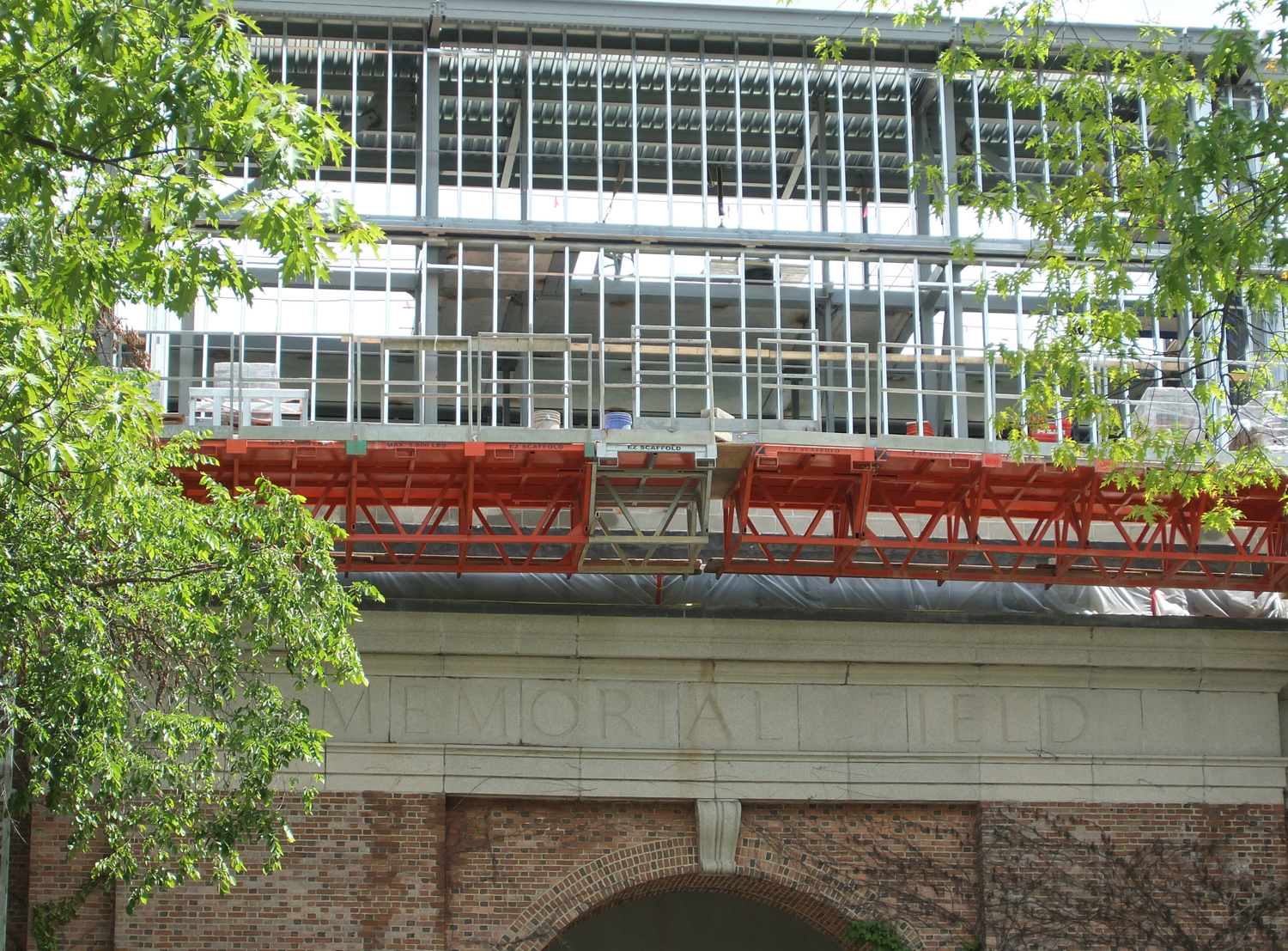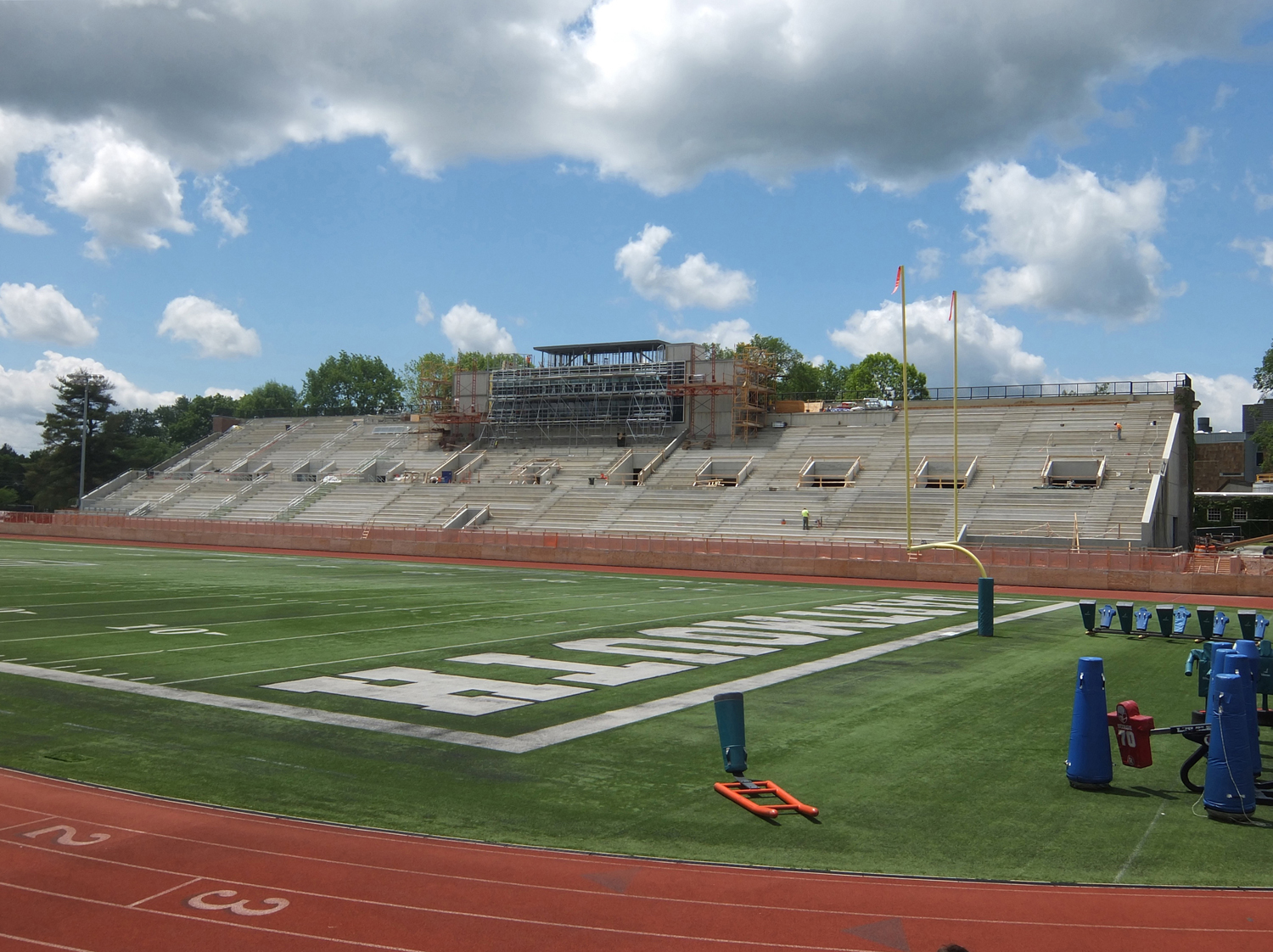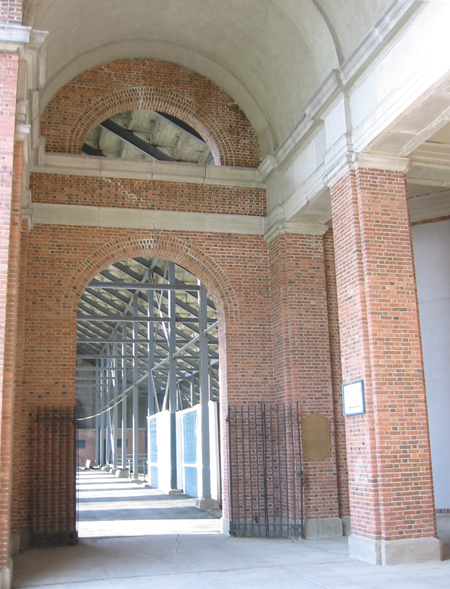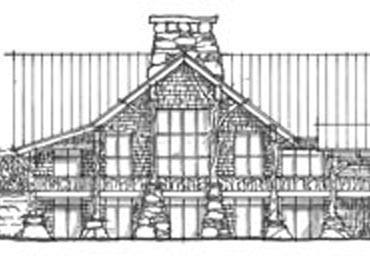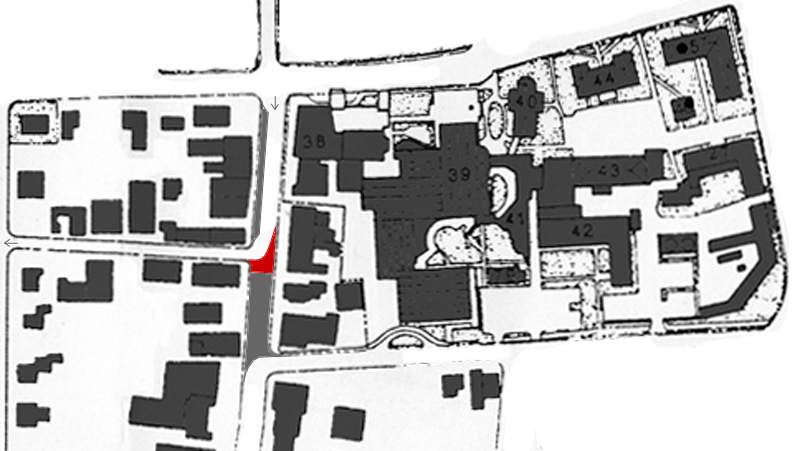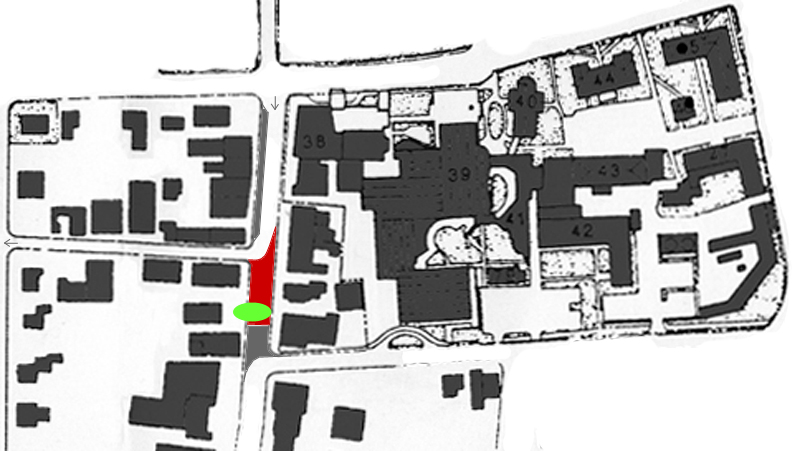-
The smart brick rear ell of Wheelock House, a century-old two-story-above-basement book stacks addition built for the Howe Library, was demolished last month by the Eleazar Wheelock Society.
-
Commencement this year took place at Memorial Field for the first time since 1995. The stage was at the opposite end of the field this year. It would be interesting to learn whether the Commencement canopy is the same one that was first acquired for that 1995 ceremony and has been used every year since. Perhaps there have been different ones.
-
Frank J. Barrett’s new book is called Lost Hanover, New Hampshire (Amazon.com). Julia Robitaille has a Q and A with the author in The Dartmouth (2 July 2021).
-
The Dartmouth Indoor Practice Facility is now the Graham Indoor Practice Facility.
-
Photos of the CECS show it really taking shape. The Irving is also coming along. The Call to Lead has a page on new projects on campus that includes a West End video showing interior models of the two buildings (as well as close-ups of the globe finial following the removal of Baker’s weathervane).
-
DHMC Patient Tower, an appealingly midcentury hospital building by HDR (designers of The Williamson), is slated to stand at the north end of the hospital and join the main building between the bastions of the existing patient towers (Vermont Digger). The site is visible at the right of this iconic aerial.
-
At the trustees’ meeting in June, “[t]he board approved the expenditure of $2.89 million to advance designs for energy infrastructure projects and $1.65 million to support campus housing renewal design development. Board members also voted to allocate $6.9 million for information technology infrastructure work.”
-
The college website is being redesigned (Dartmouth News).
-
The IEEE has put up a plaque on the exterior of Collis (College Hall) to commemorate its importance as the site where BASIC was developed in the 1960s (Dartmouth News). The plaque would be better if it were actually written as a BASIC program, thus proving the simplicity of the language, but this is still good to see. (The BASIC highway marker, because of the limitations of the state’s marker program, is distant from the site where the event actually took place.)
-
Harvard Law School has replaced its old heraldic shield with a new shield in the form of a logo.
———–
[Update 09.13.2021: A reference to a “new” globe finial replacing the Baker weathervane has been corrected. The globe previously underpinned the weathervane and was left in place when the weathervane was removed.]
